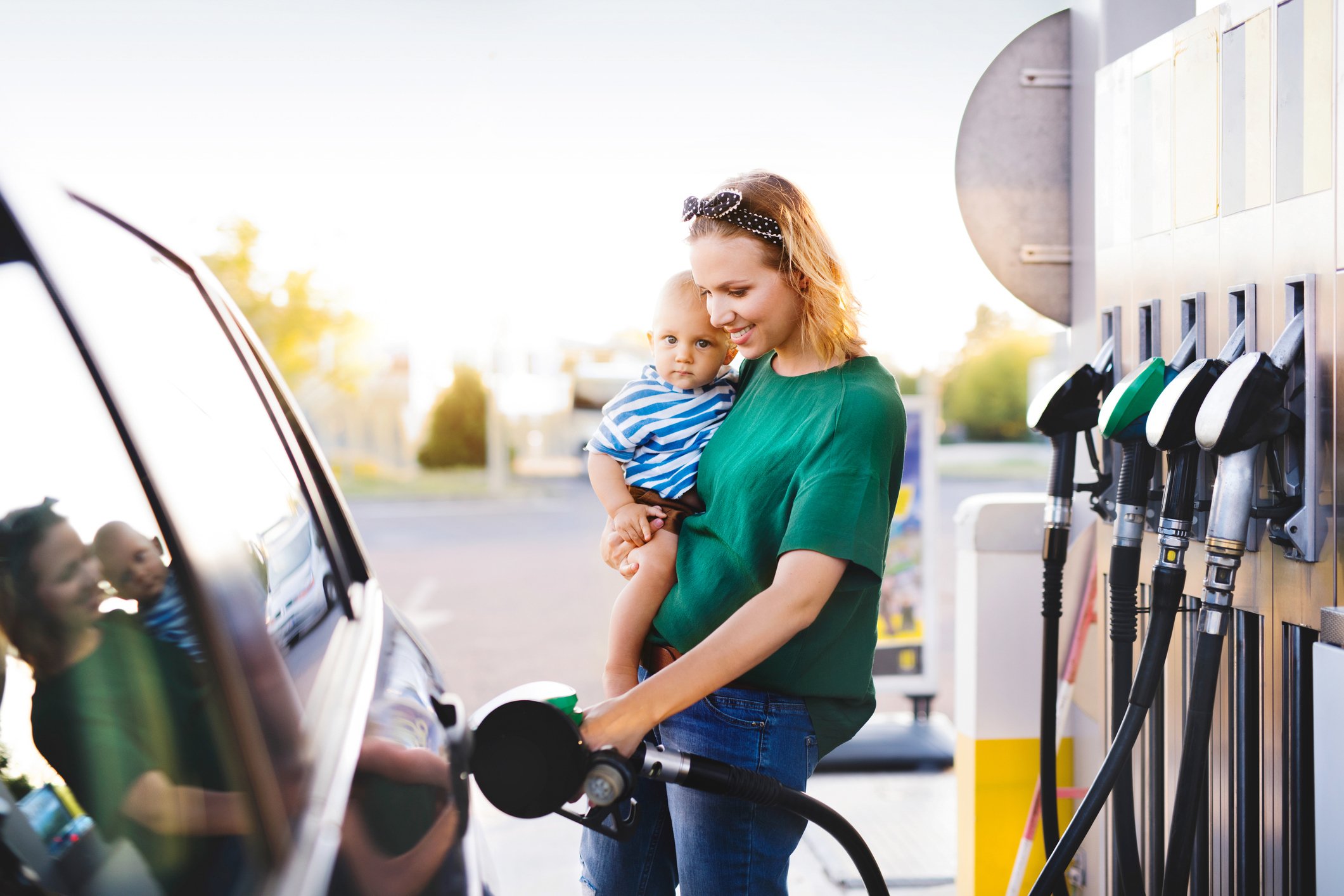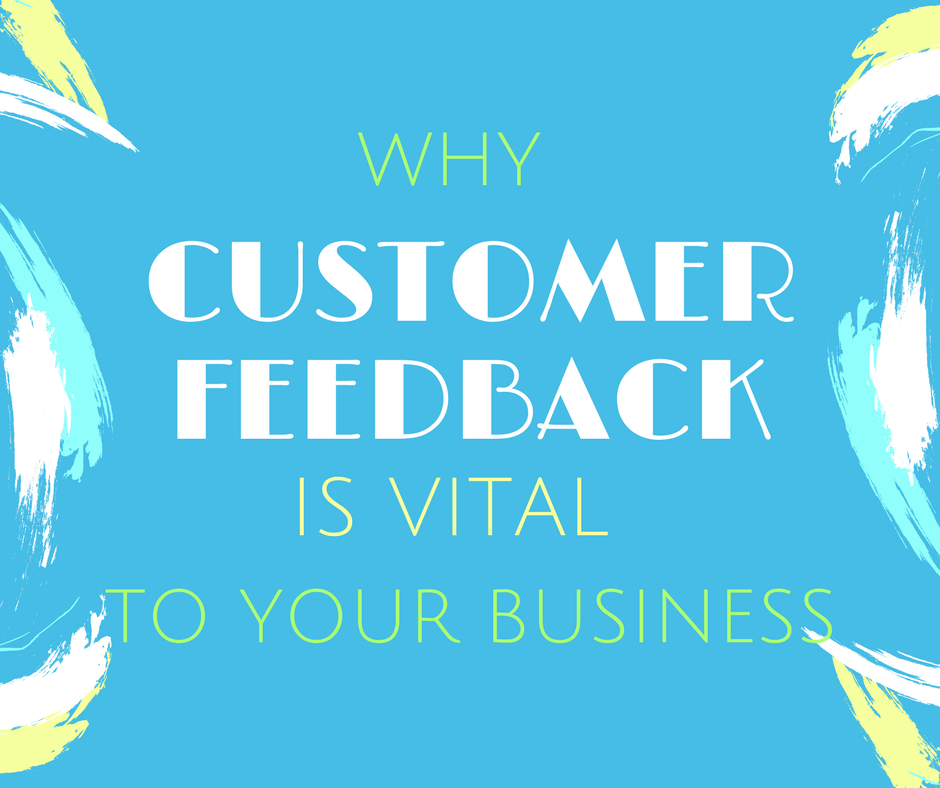Why Customer Feedback is Vital to Your Business
Everyone can remember a time they’ve either hung up the phone or left a store unhappy after having a bad interaction with a sales associate. That...

Customers increasingly expect personalized omnichannel experiences. To remain competitive, convenience store retailers need to actively listen to customers to understand their wants and needs to improve customer experience (CX) and meet customer expectations.
Gathering feedback from your customers can be a challenge as even the most loyal customers are looking for a quick, in-and-out experience. It’s important to find ways that make it easy for customers to provide their feedback so you can collect more of it and gain a more accurate picture of your customer’s expectations.
This article will examine the challenges convenience store retailers face when trying to collect customer feedback and provide three specific strategies to collect more feedback.
There are over 154,000 c-stores in the US, and every day they see approximately 1,100 customers. That means convenience store retailers serve over 169 million customers each day. However, if the right methods for collecting customer feedback are not being used, survey response rates will be low, and opportunities will be missed.
Just like customers expect convenient and fast experiences during their visit, they expect the same when filling out a survey. According to OpinionLab, 52% of customers said they wouldn’t spend more than three minutes filling out a survey.
To make surveys top of mind for customers, many c-store retailers have added links to their survey at the end of their receipts. While this may yield some survey responses, many customers choose not to get a receipt or quickly throw it away when they do. This results in incomplete data, making it harder to draw conclusions about your customer base.
More and more, mobile is where people are going for shopping, bill payments, and entertainment. In 2018, adults spend an average of 3 hours and 35 minutes per day on mobile devices and use an average of 9 mobile apps per day. Use of mobile provides an opportunity to capture your audience where they already spend their time to collect more customer feedback.
Loyalty apps are often used by gas stations and c-store retailers to enhance customer experience with information on locations, promotions, discounts and more. Customers who are enrolled in the loyalty program and using the app can benefit by earning points or getting additional coupons.
To collect more feedback, surveys can be added directly into the existing loyalty app, and feedback can be gathered in real-time. The in-app survey could be triggered by purchase and the collection of loyalty points or via other specific events that occur as part of a transaction. This type of real-time feedback is ideal, as you’re getting their input while their interaction and experience is still top of mind.
Since not every customer is going to use their loyalty app regularly, the email address collected when they create their account can be used to send surveys directly to their inbox. This provides an additional channel to collect feedback and provides customers with the power to complete the survey at their convenience.
Customers filling up on gas or running into a c-store for a quick pit stop are often in a hurry, so if they have the app, they may not check it. Plus, not every customer will have your loyalty app. That’s why having signage — both at the gas pump and in the store — can help create awareness of the opportunity to provide feedback.
Having information about your customer survey prominently displayed makes a statement that you value your customer’s opinion. You’re demonstrating that you take customer feedback seriously by making it easy for them to provide their feedback at a time that works for them. Also, signage helps to collect feedback from a wider audience as it includes all of your customers, from first-time visitors to regulars.
To maximize the impact of signage, it should be consistent with the overall brand. The URL for the survey should be readable from a distance and be very easy to remember. The location of signage is critical, so look for strategic places — both by the gas pumps and at the cash registers — your customers can't miss it.
Rutters, an Intouch Insight customer, uses signage strategically in all of their locations. Signage is consistently branded with the company’s eye-catching signature colors and is noticeably displayed both inside and outside of stores.
Customer intercept surveys (also known as exit surveys) enable you to reach a broad cross-section of your demographic. These surveys are most effective when conducted at a subset of locations based on common criteria such as geography or sales volume. The important thing is to assess what you’re trying to measure and select your sample locations accordingly.
Exit surveys can be done by having someone standing at the door with a tablet asking customers when they leave if they’d like to fill out a survey. These surveys tend to be more personalized because the surveyor can ask specific questions relating to the interaction that has just taken place. To get customers to participate, you can offer an incentive for completing the survey, such as $5 off their next purchase, a coupon for a free coffee and muffin, or a bottle of water.
The key to successfully gathering a meaningful amount of responses from an intercept survey is ensuring you consider the convenience of your customers. For example, you could choose locations that have a car wash. The auditor could then wait at the end of the car wash and ask customers if they can complete a survey about their experience. Intelligence from these surveys can then be rolled out across all locations to make improvements to customer experience without having to survey all locations.
For intercept surveys, you’ll also want to consider factors such as weather, as customers are unlikely to agree to participate when they’ll need to stand outside in the rain, snow, or extreme temperatures.
The more ways you collect customer feedback, the faster you'll gather insight to help continuously improve your overall customer experience and create the digital and in-store experience customers are looking for.
These three strategies offer c-store retailers a proven way to collect more feedback and reinforce to customers that their input matters:

Everyone can remember a time they’ve either hung up the phone or left a store unhappy after having a bad interaction with a sales associate. That...

It's a common misconception that Mystery Shopping, Customer Feedback Surveys, and Reputation Management all deliver the same insights into the...

Data analysis is incredible. The way customer experience platforms can take data such as survey responses, online review data, mystery shopping...